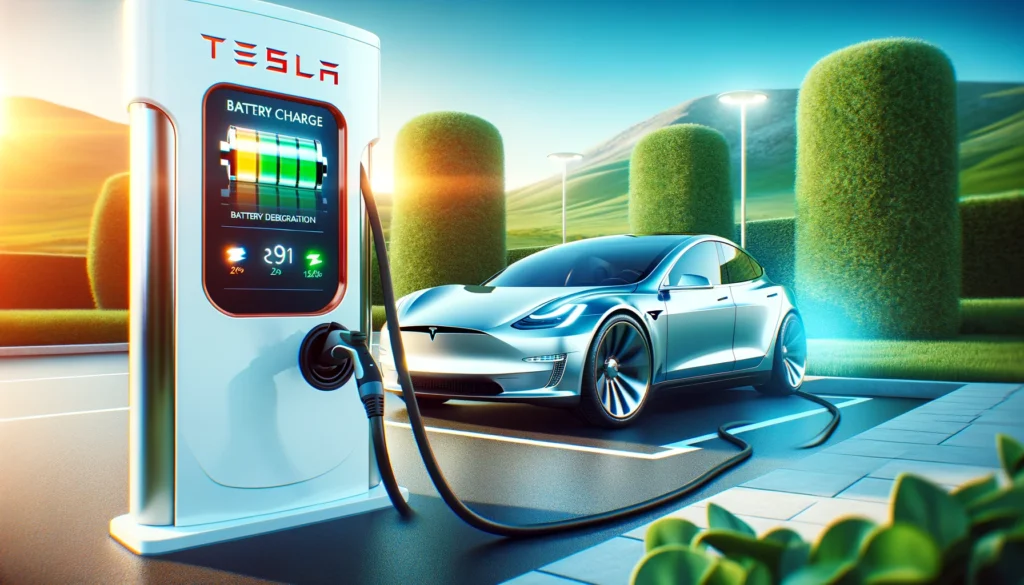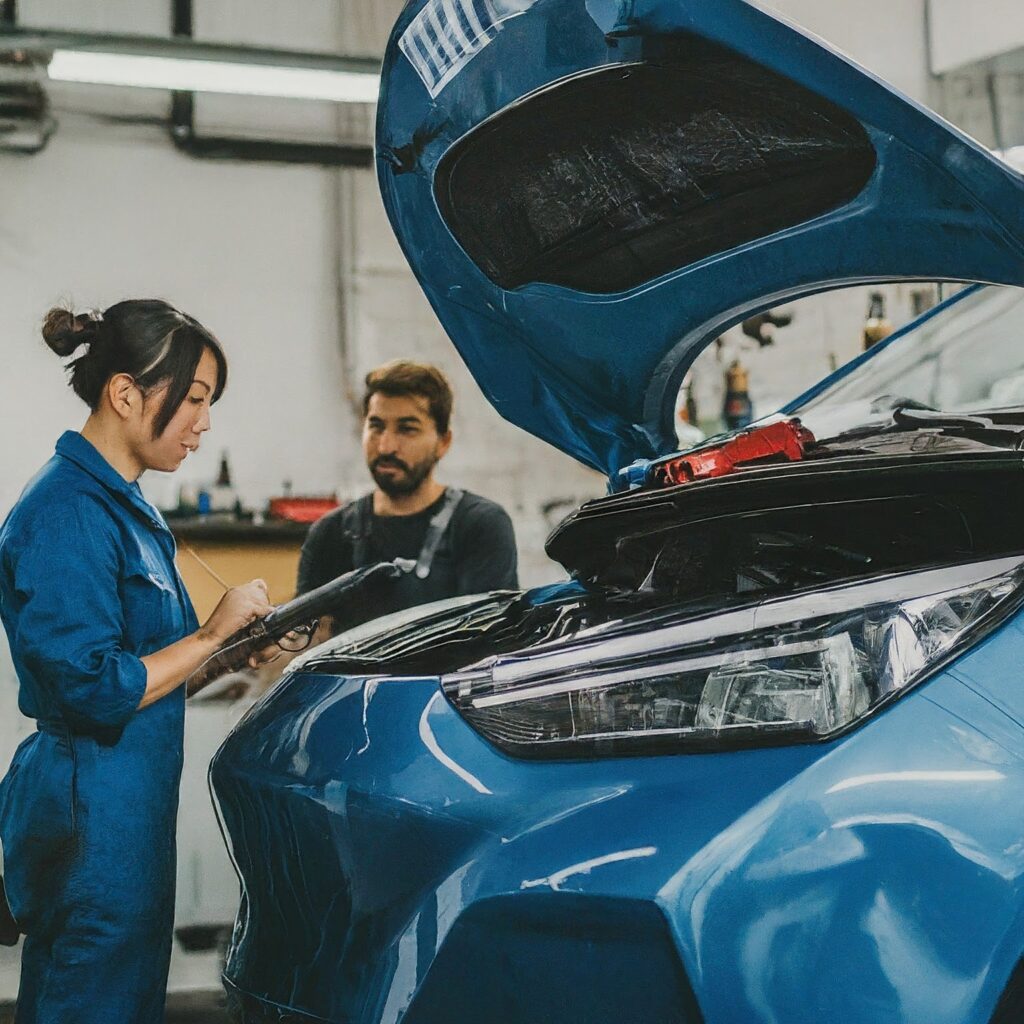
Electric cars are changing the way we drive, and a big part of that change comes from the batteries they use. Among the leaders in this field are Tesla LFP batteries. They’re known for lasting a long time and working well. But like anything, they can wear down over time, which can worry people who are thinking about buying a Tesla or who already own one.
LFP batteries, or Lithium Iron Phosphate batteries, stand out in the EV market for several reasons. Unlike their Lithium-ion counterparts, which use cobalt and nickel, LFP batteries are made from iron and phosphate, materials that are more abundant and less costly. This section should explore the benefits of LFP batteries, including their environmental friendliness, safety features, and longevity
Understanding Tesla LFP Batteries
Tesla LFP batteries are a type of lithium-ion battery that utilizes lithium iron phosphate (LiFePO4) as the cathode material. This chemistry provides several advantages over other types of lithium-ion batteries, including enhanced safety, longer cycle life, and improved thermal stability. These characteristics make LFP batteries an attractive choice for electric vehicle manufacturers, including Tesla.
The Promise of Longevity
One of the primary selling points of Tesla LFP batteries is their exceptional lifespan. Unlike traditional lithium-ion batteries, which may degrade significantly over time, LFP batteries are designed to withstand thousands of charge cycles with minimal capacity loss. This means that Tesla vehicles equipped with LFP batteries can maintain their performance and range for many years, providing peace of mind to consumers concerned about battery degradation.
Factors Affecting Degradation
While Tesla LFP batteries offer impressive longevity, they are not immune to degradation. Several factors can influence the rate at which these batteries lose capacity over time:
- Temperature: High temperatures can accelerate battery degradation, reducing lifespan and performance. It’s important to store and operate Tesla vehicles equipped with LFP batteries in moderate climates to minimize thermal stress on the battery cells.
- Charging Habits: Frequent fast charging and deep discharges can contribute to accelerated degradation. Tesla recommends following best practices for charging, including avoiding frequent deep discharges and utilizing scheduled charging to minimize time spent at high states of charge.
- Usage Patterns: The way a Tesla vehicle is driven can also impact battery degradation. Aggressive driving, frequent acceleration, and heavy loads can increase stress on the battery cells, leading to faster capacity loss over time.
Managing Battery Health
Despite these potential challenges, there are steps Tesla owners can take to mitigate battery degradation and maximize the lifespan of their LFP batteries:
Regular Maintenance
Routine maintenance is essential for preserving battery health. Tesla recommends keeping the battery charged between 20% and 80% whenever possible, avoiding prolonged exposure to high or low states of charge. Additionally, keeping the battery cool during charging and storage can help prolong its lifespan.
Software Updates
Tesla regularly releases software updates that include optimizations and improvements to battery management systems. Keeping your Tesla vehicle up-to-date with the latest software ensures that you benefit from these enhancements, which can help optimize battery performance and longevity.
Warranty Coverage
Tesla offers warranty coverage for battery degradation, providing peace of mind to owners concerned about long-term reliability. Understanding the terms and conditions of your warranty can help you navigate any potential issues related to battery degradation and ensure that you receive the support you need from Tesla.
Conclusion
Tesla LFP batteries represent a cutting-edge technology that offers exceptional longevity and performance for electric vehicles. While battery degradation is a natural process that all batteries undergo, Tesla owners can take steps to minimize its impact and maximize the lifespan of their batteries. By following best practices for charging, maintenance, and usage, Tesla owners can enjoy years of reliable performance from their vehicles while minimizing the effects of battery degradation. With Tesla’s commitment to innovation and sustainability, the future of electric transportation looks brighter than ever.



Ever heard of battery limiters for phones? Bought a device called Chargie and it protected my phone battery while it’s charging all night. I wonder if there is a similar device that can protect Tesla’s LFP batteries in the same way?
Yes, there are similar devices designed to protect the batteries of electric vehicles like Tesla’s LFP (Lithium Iron Phosphate) batteries. While specific products may vary, the concept is similar to what you’ve experienced with your phone’s battery limiter.
One such device is a smart charging station or adapter that regulates the charging process to prevent overcharging and minimize stress on the battery cells. These devices typically monitor factors such as voltage, temperature, and charging rate to optimize the charging process and prolong the lifespan of the battery.
For Tesla vehicles, there are third-party charging solutions available that offer features like scheduled charging, charge rate adjustment, and battery health monitoring. These devices aim to maximize the efficiency and longevity of the battery pack, including models equipped with LFP batteries.
Good to know. Thanks for the response, Tayyab!
You’re welcome! If you have any more questions in the future, don’t hesitate to reach out. Have a great day!